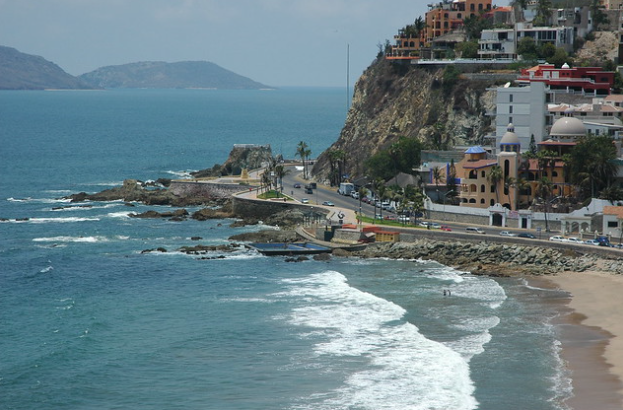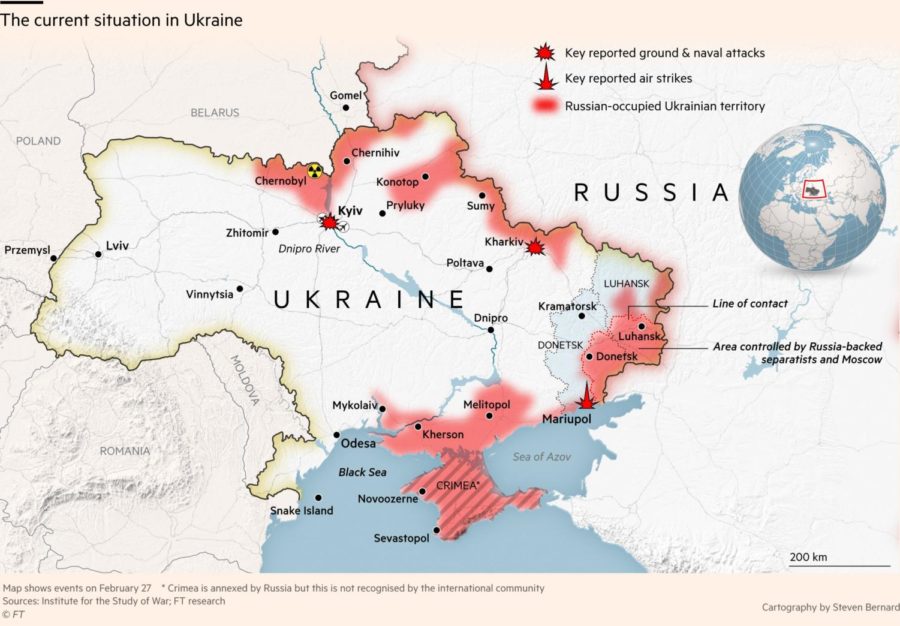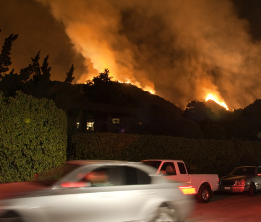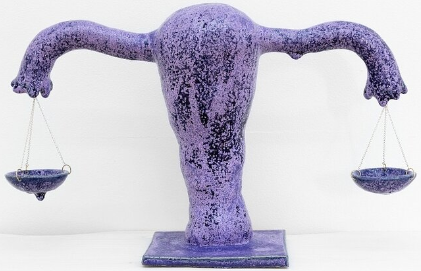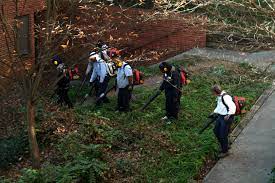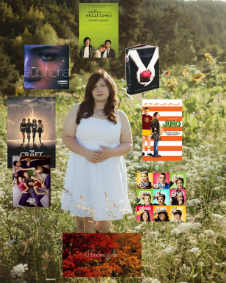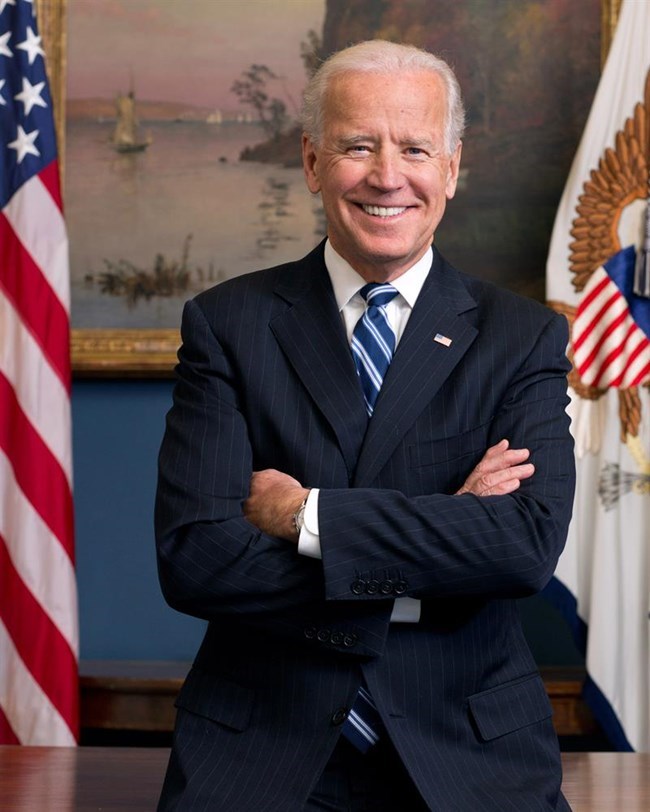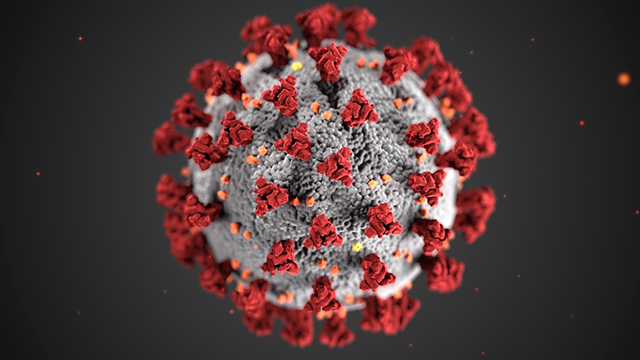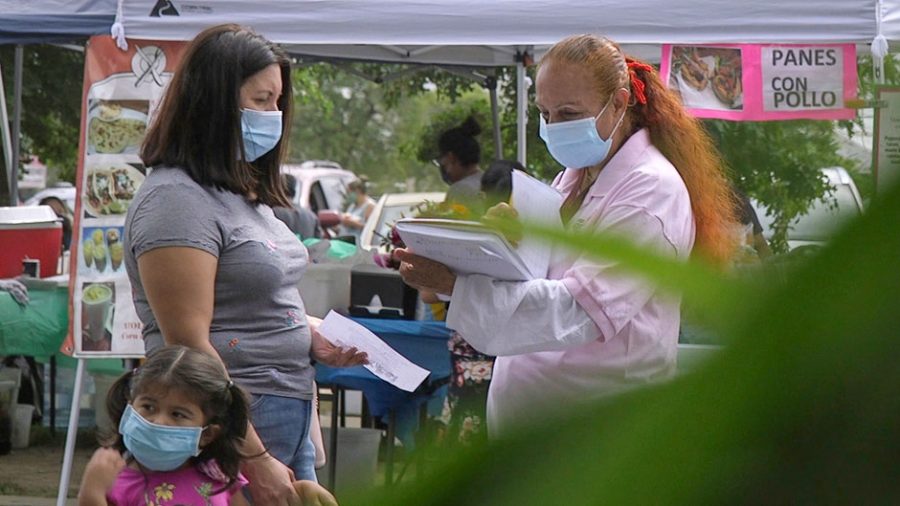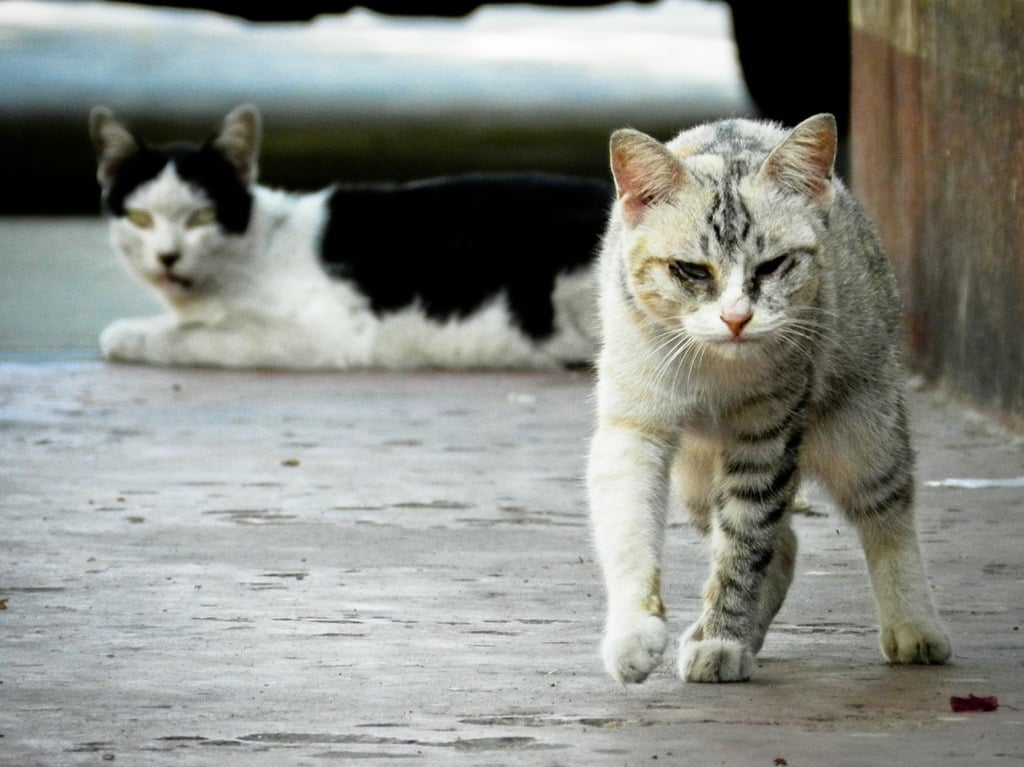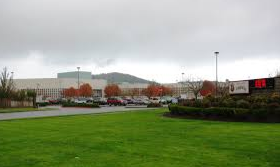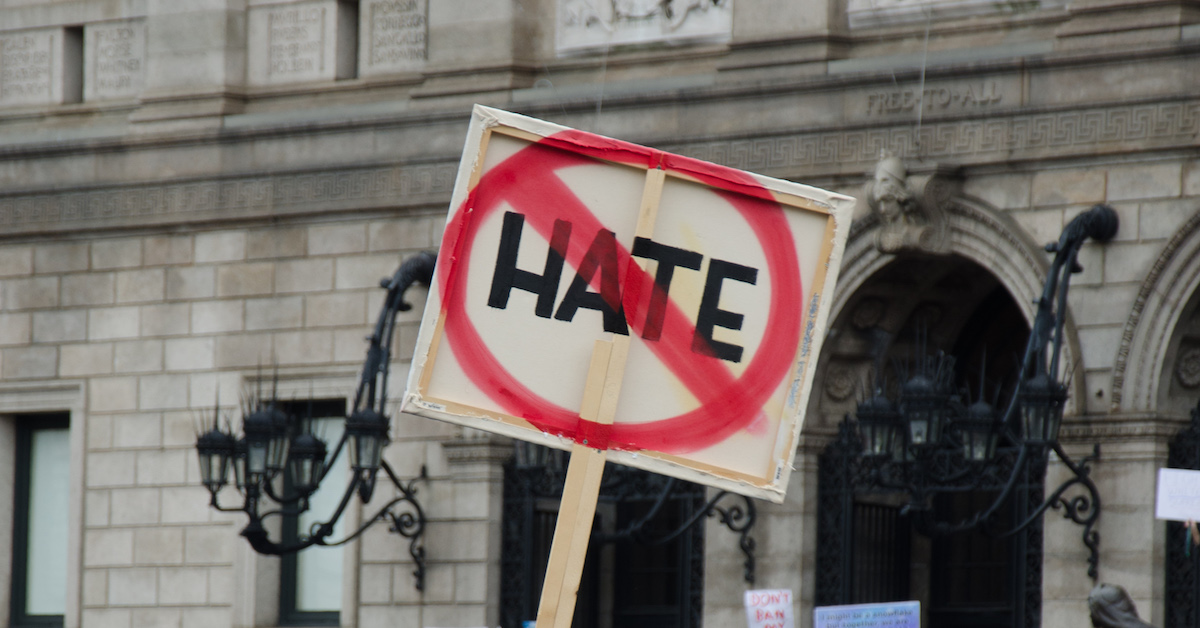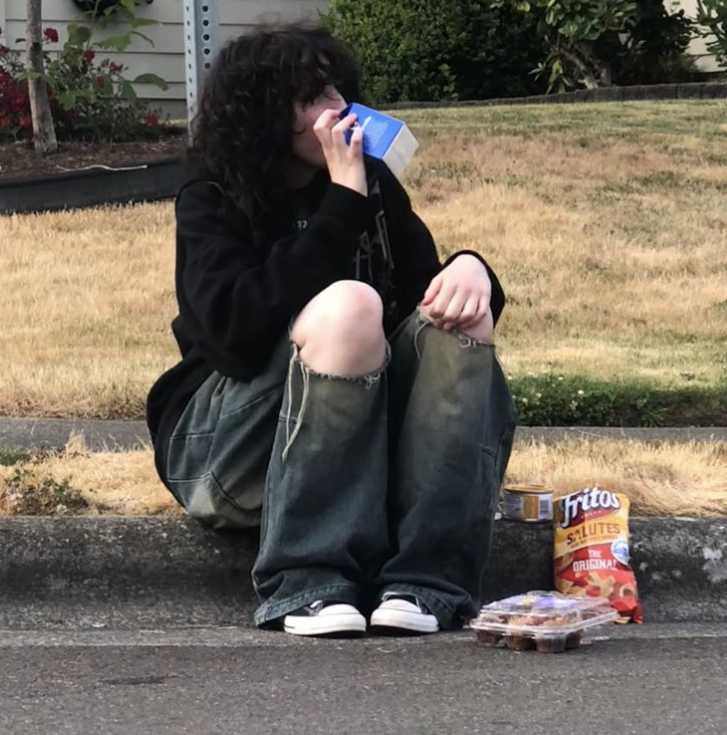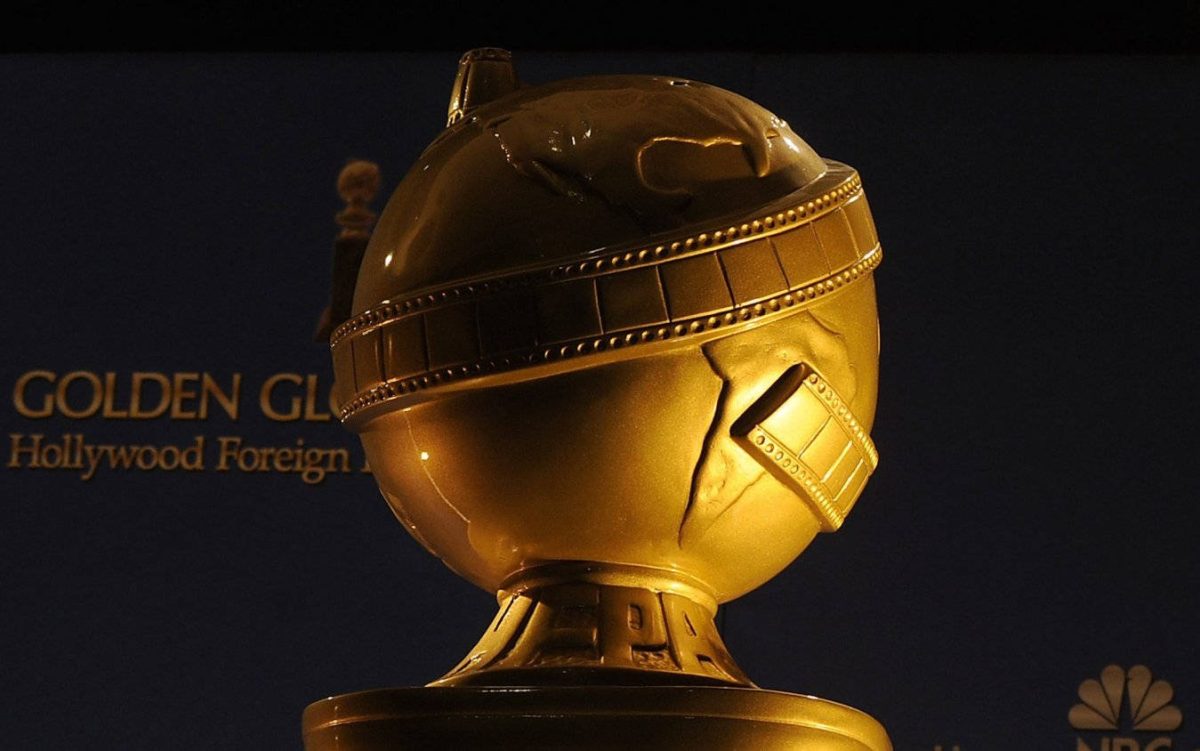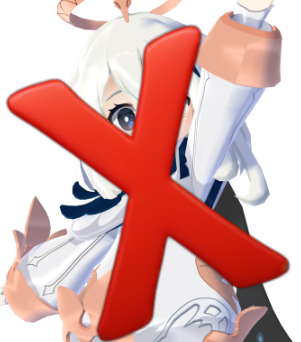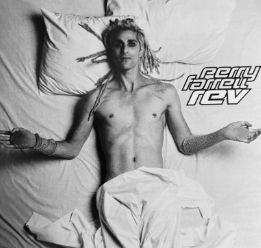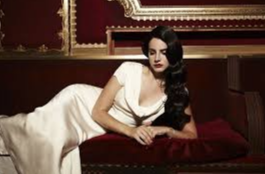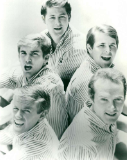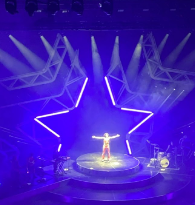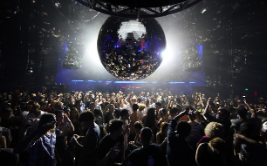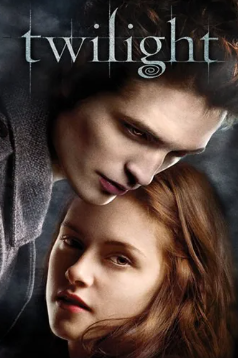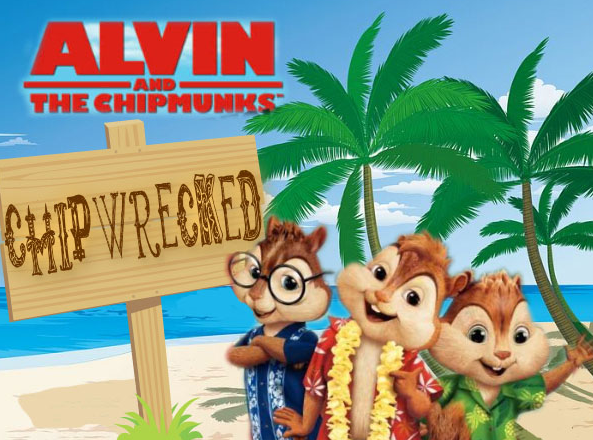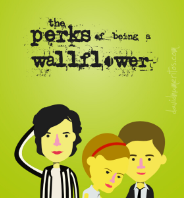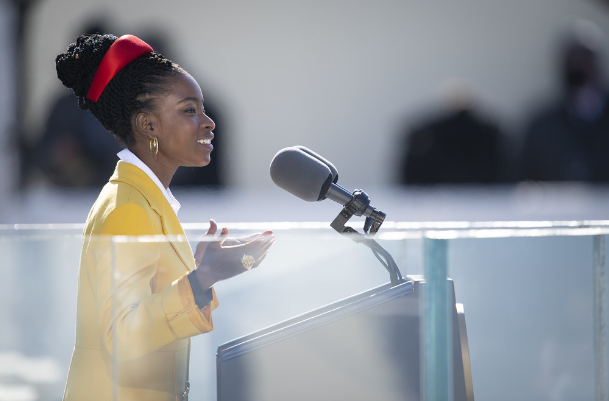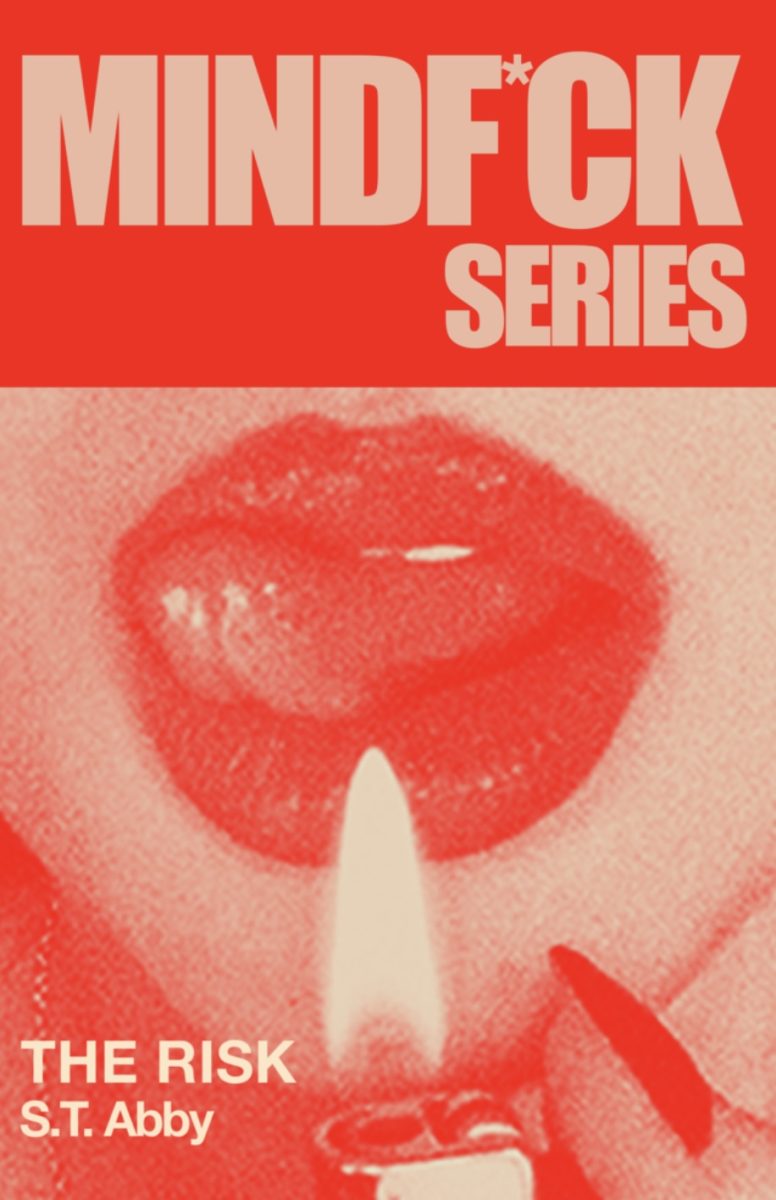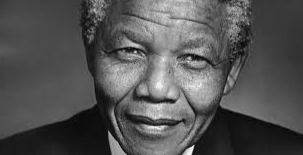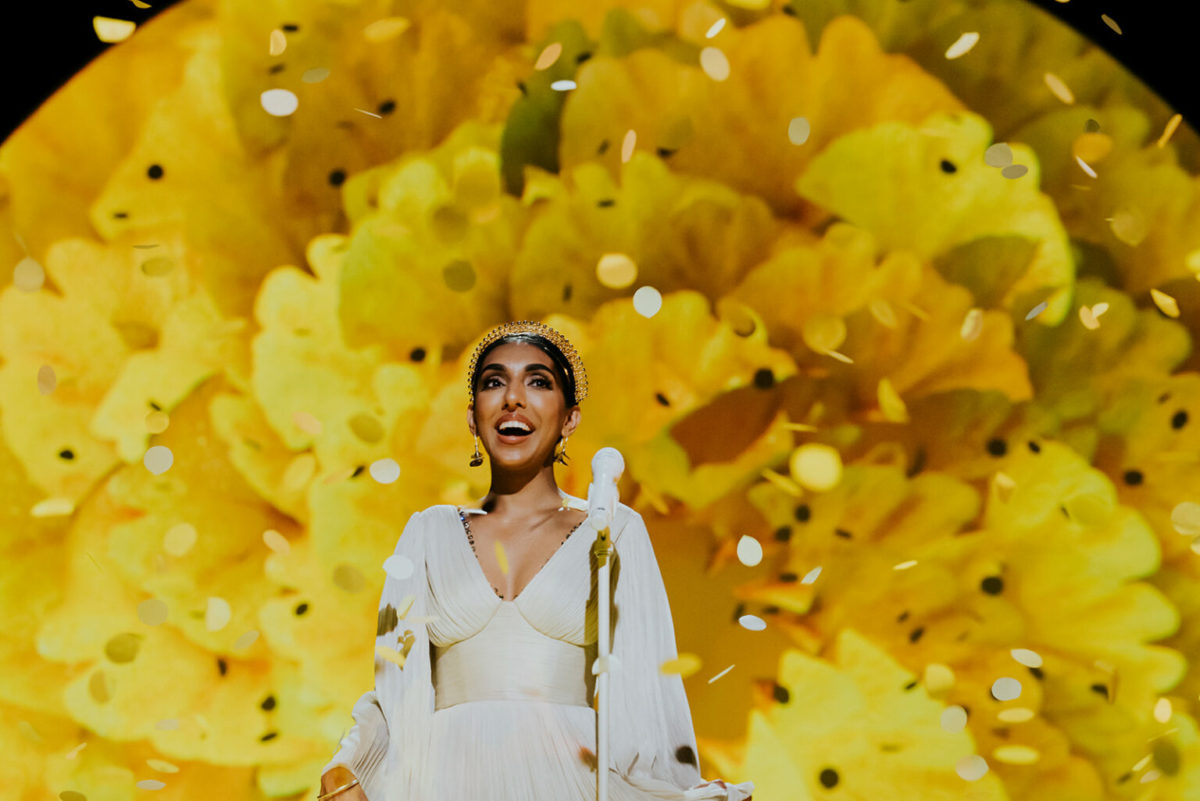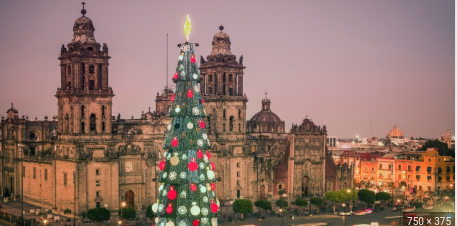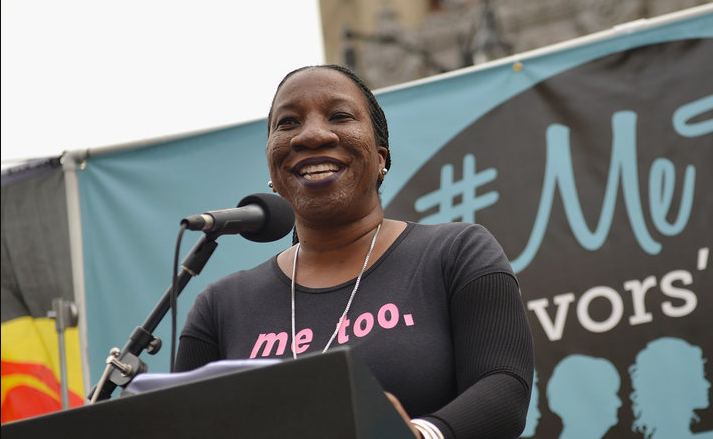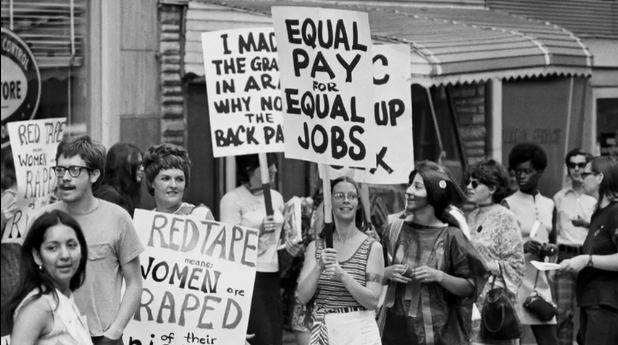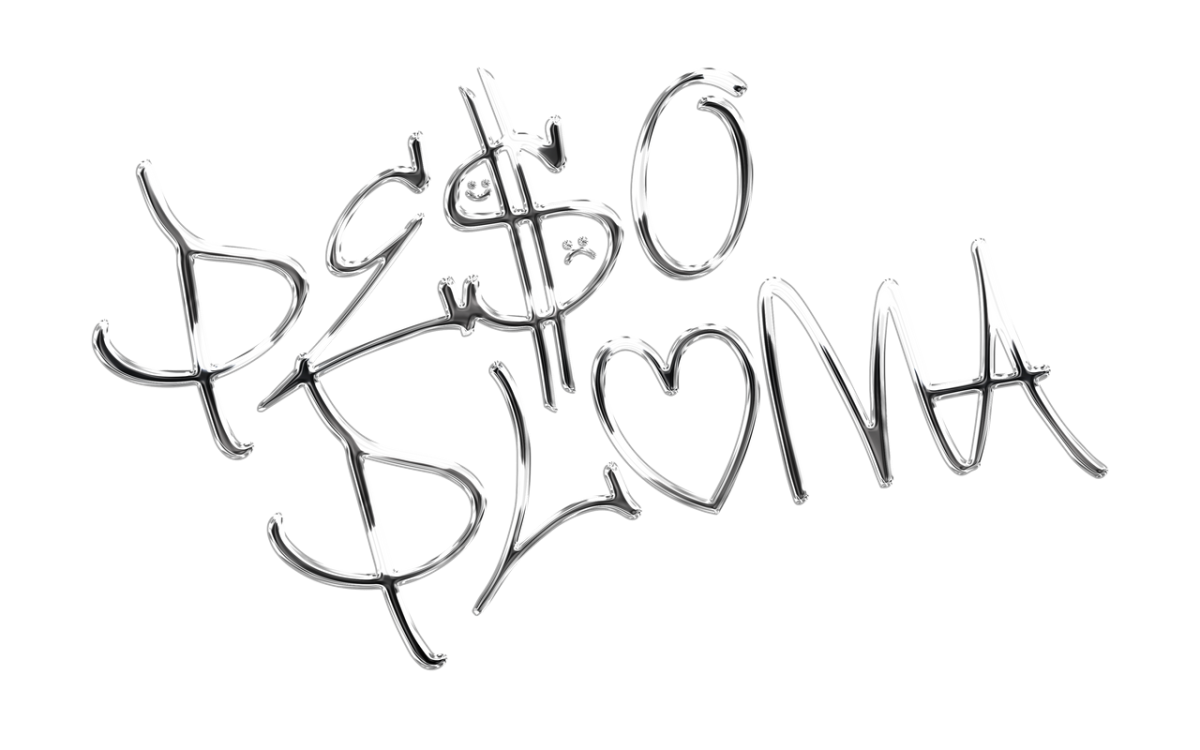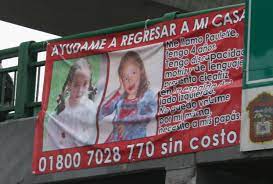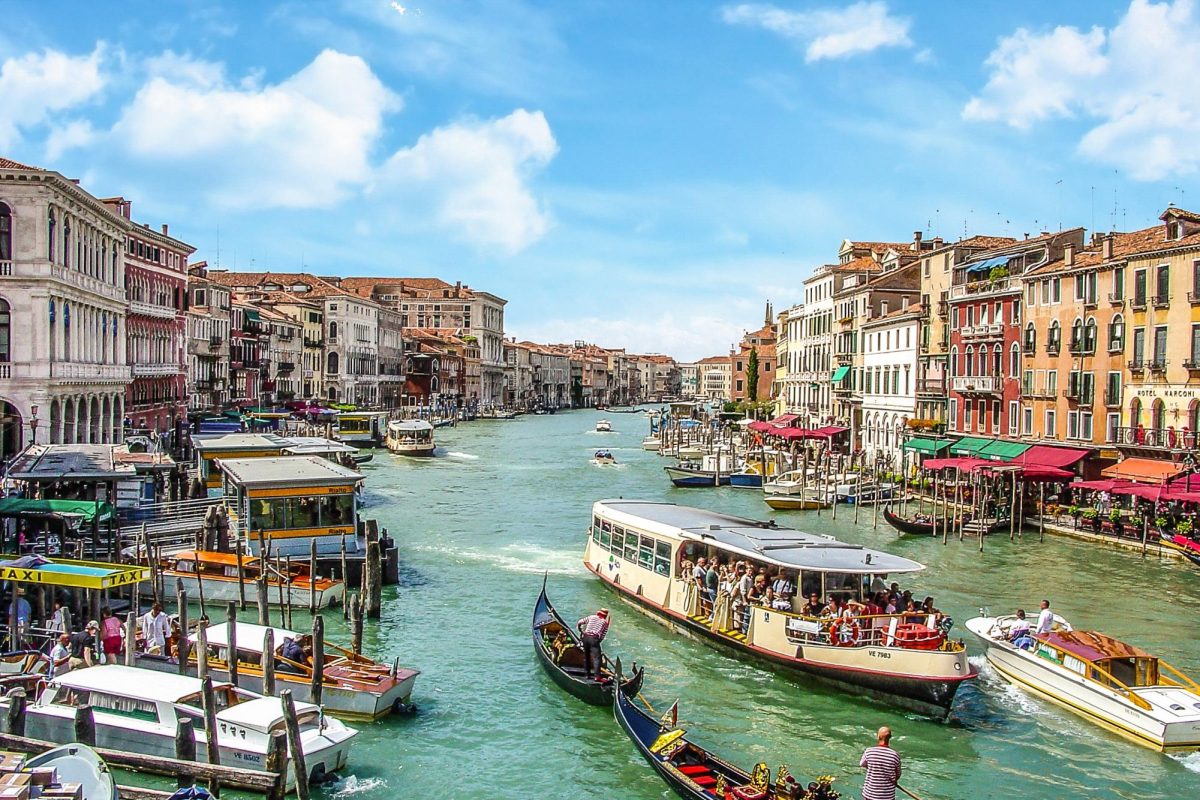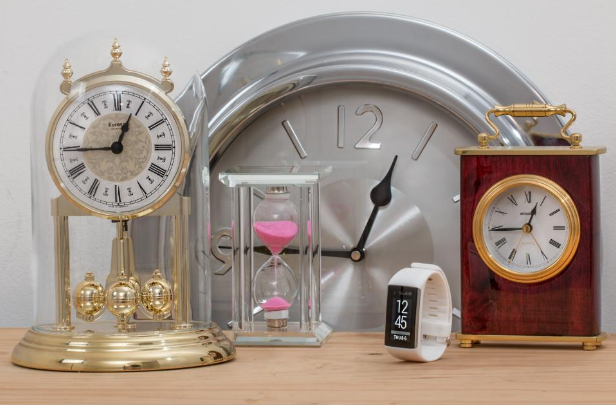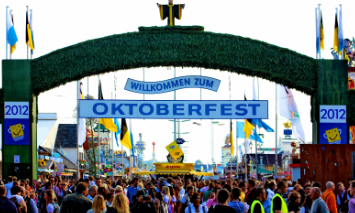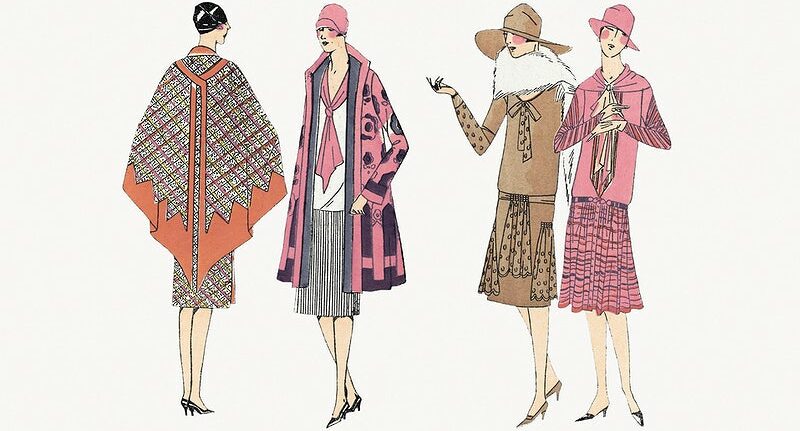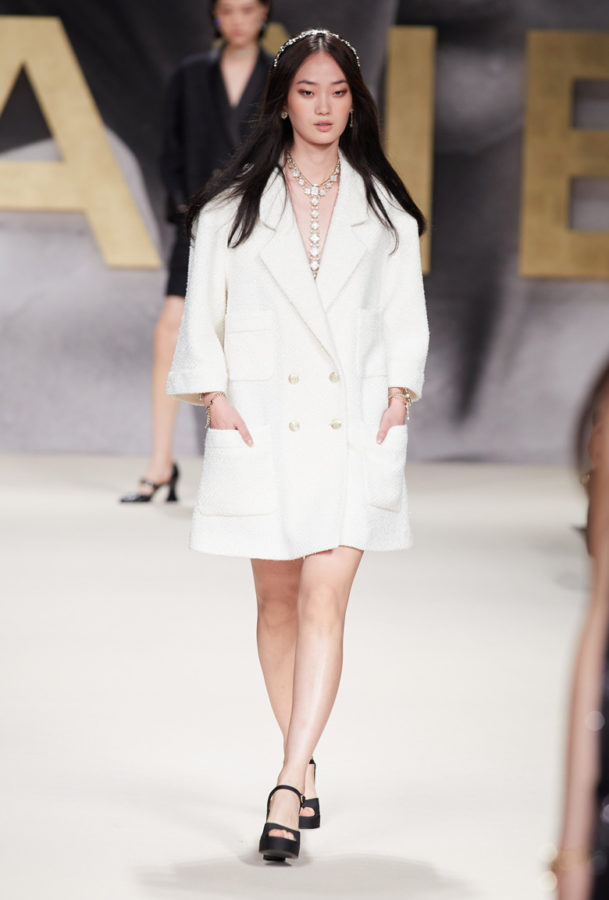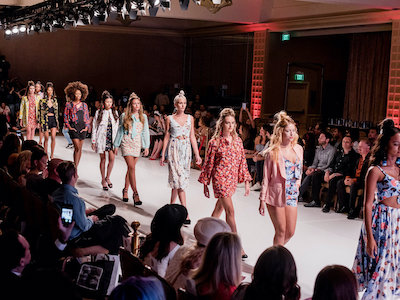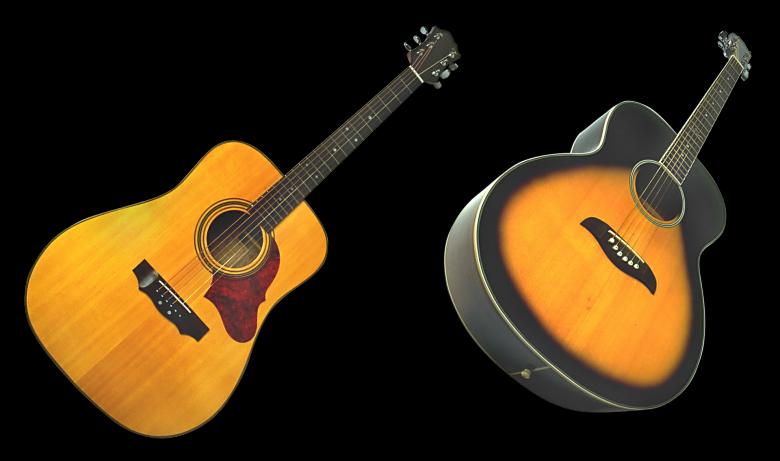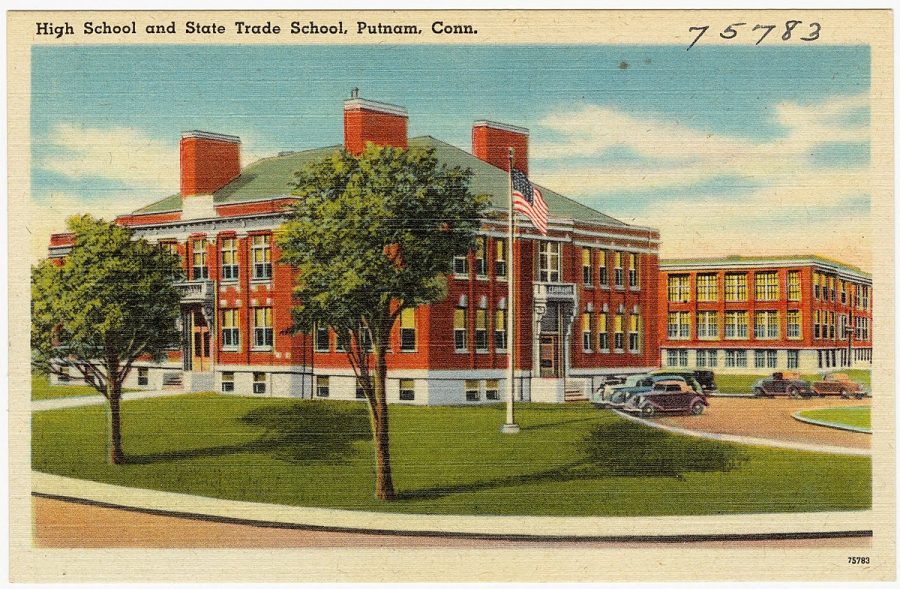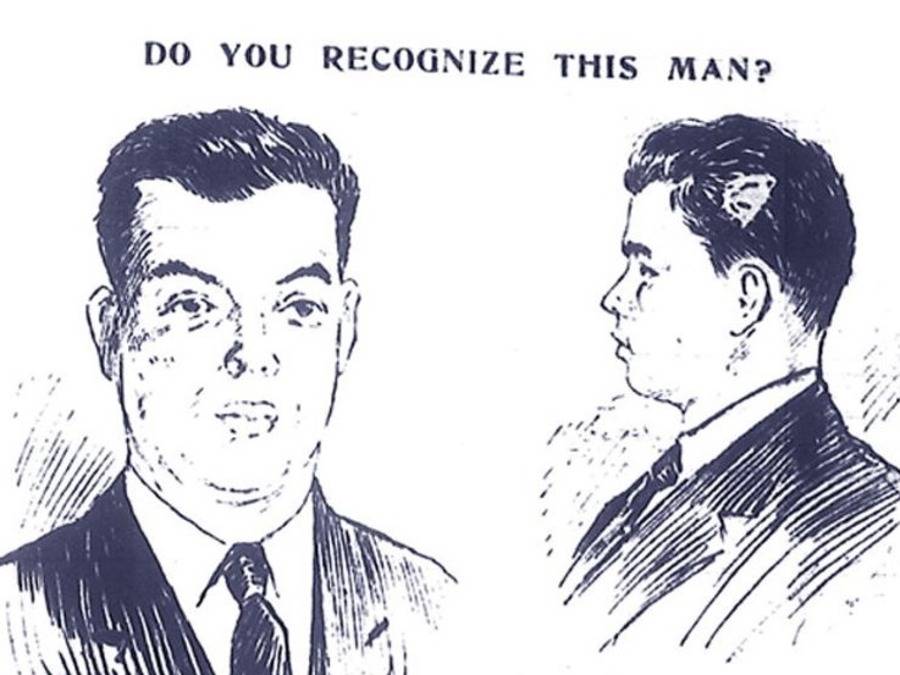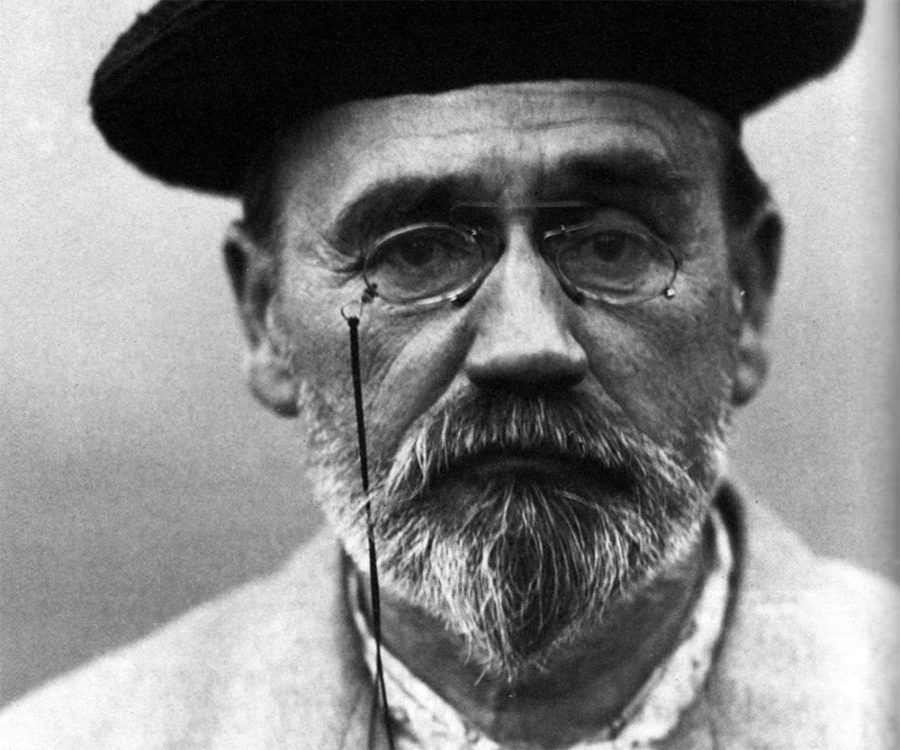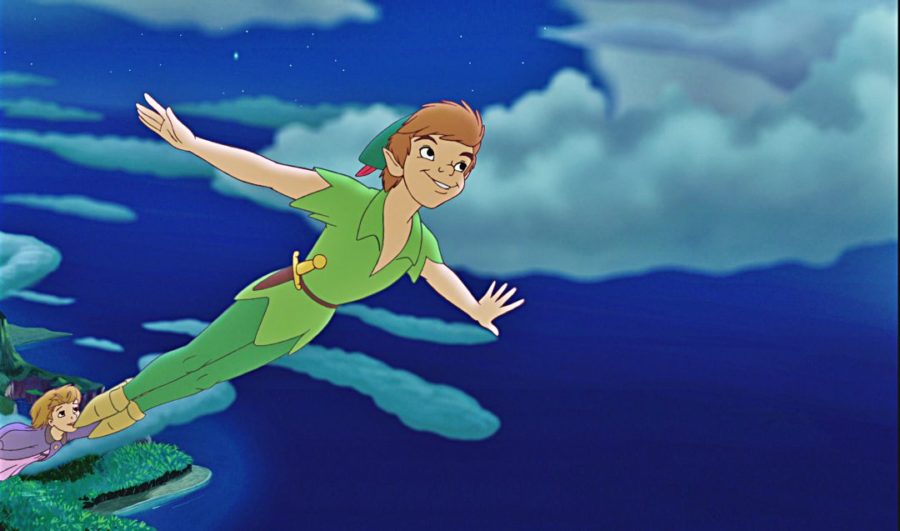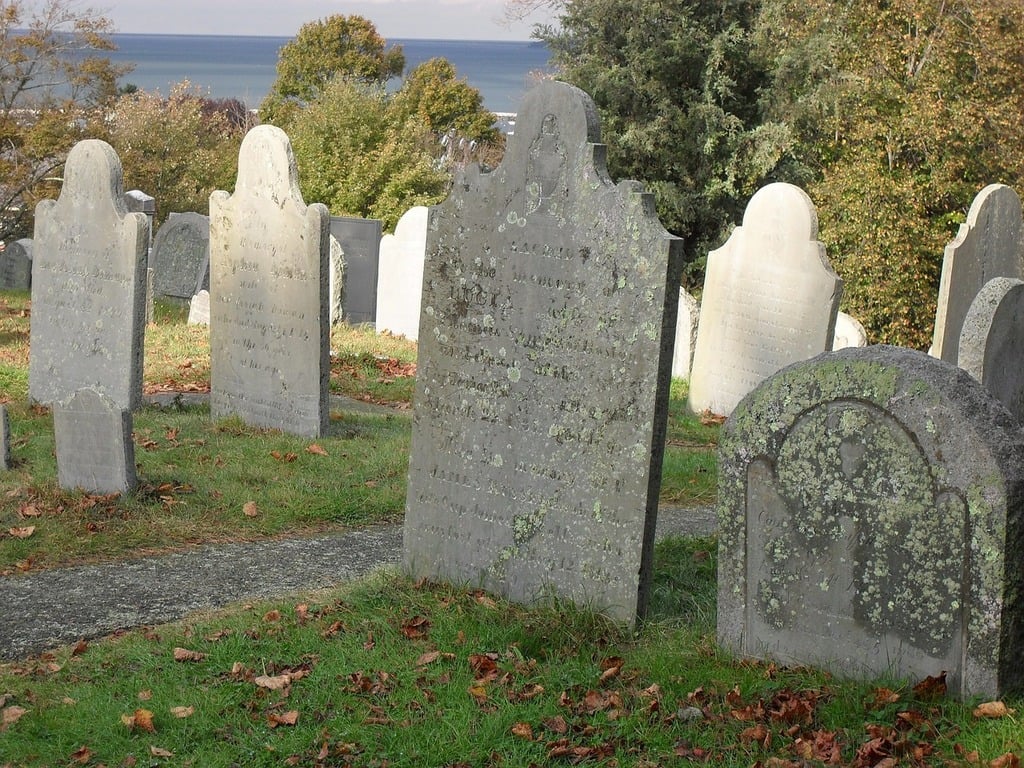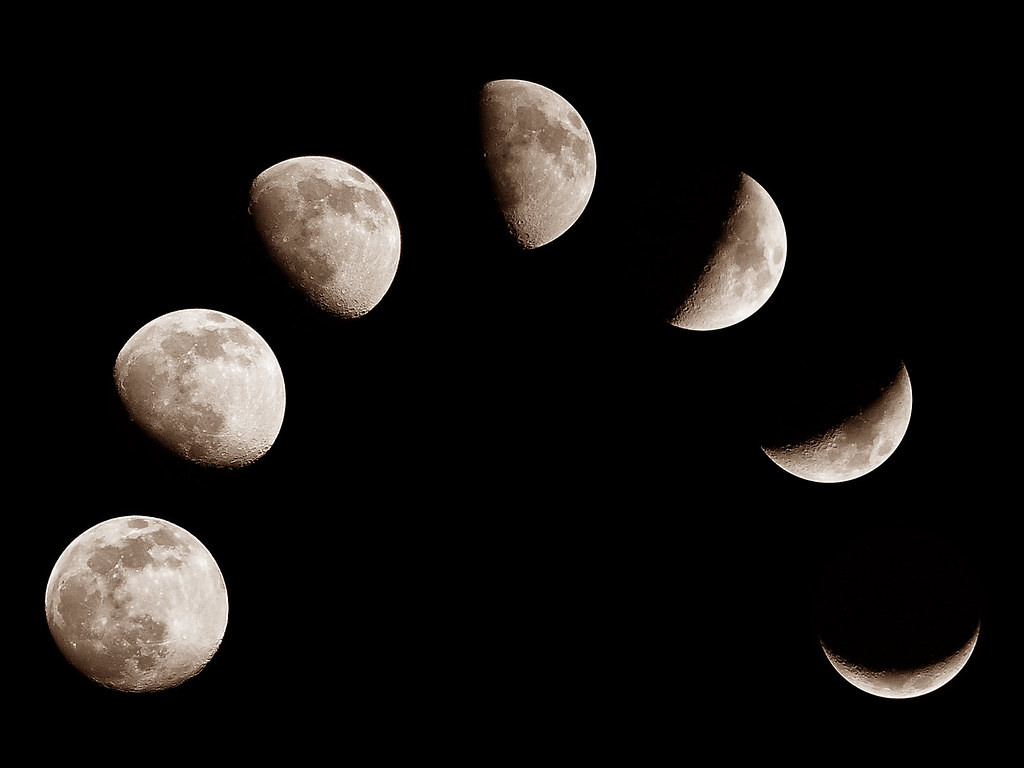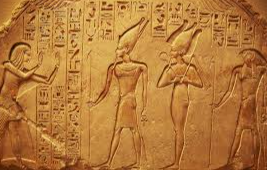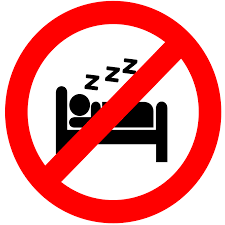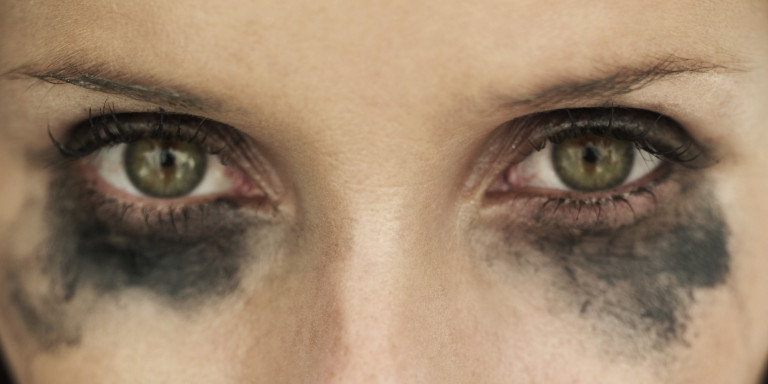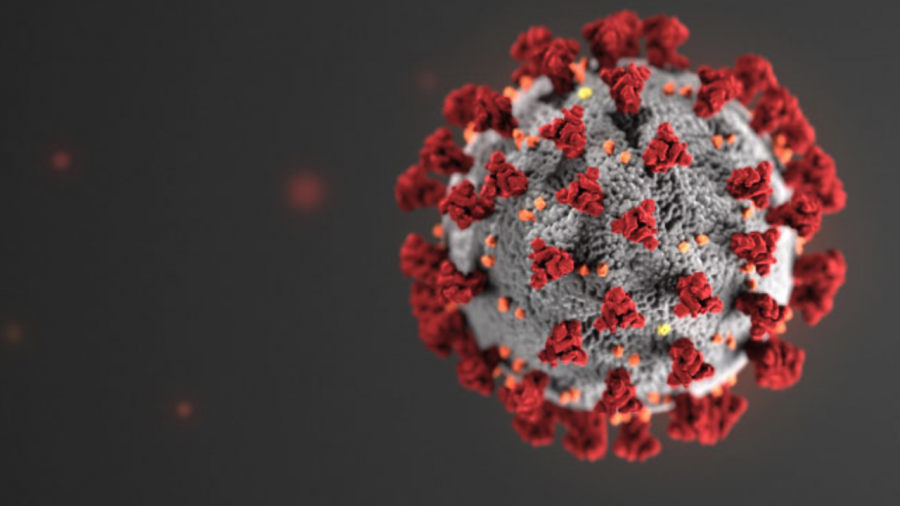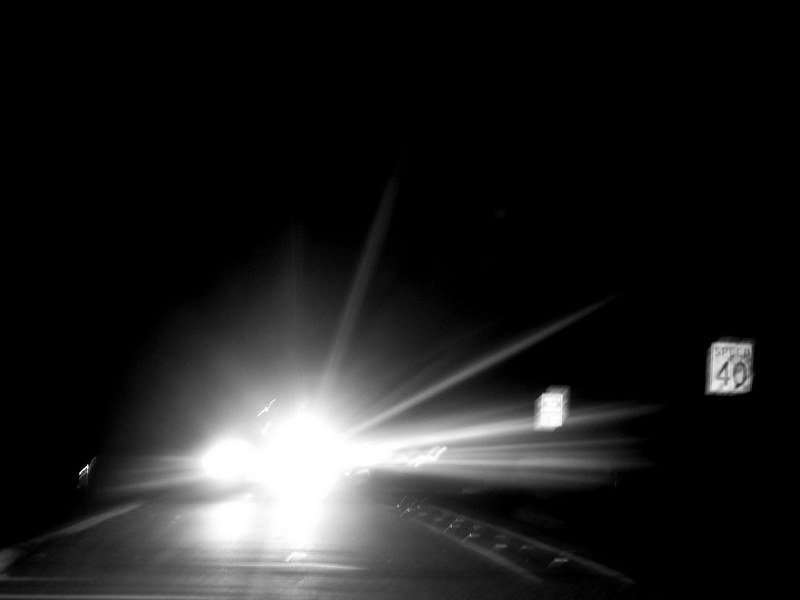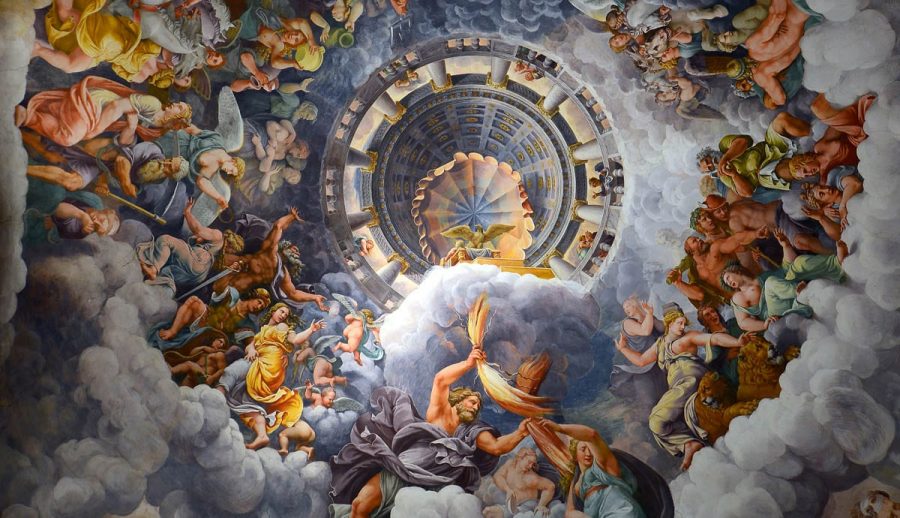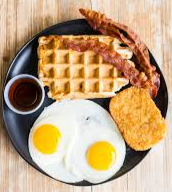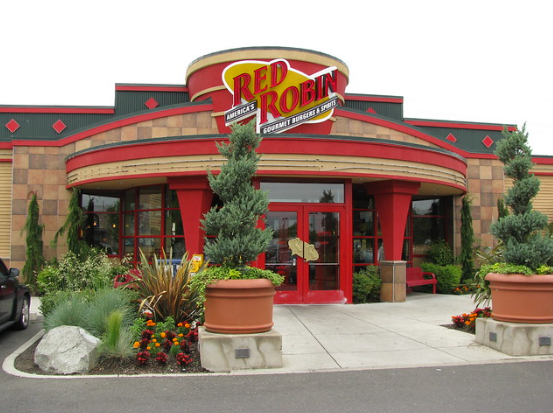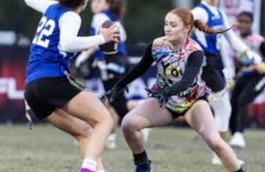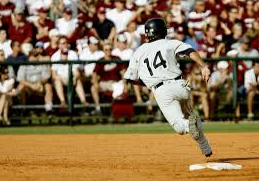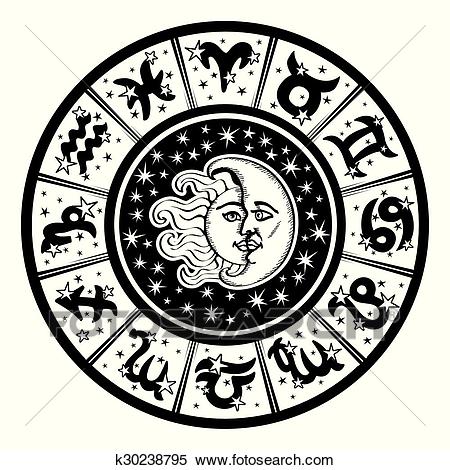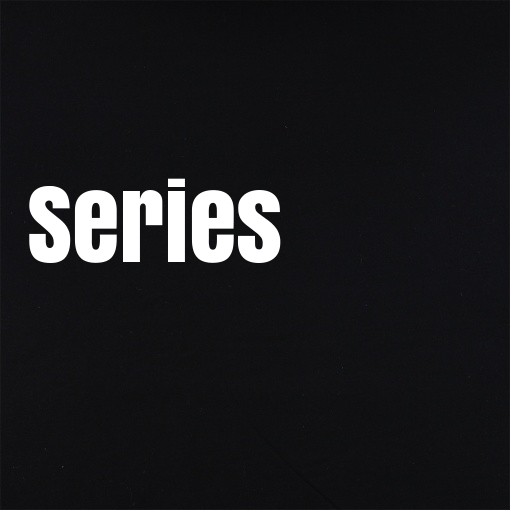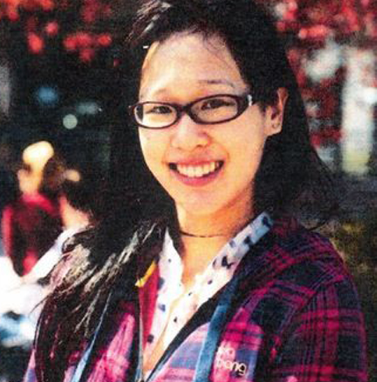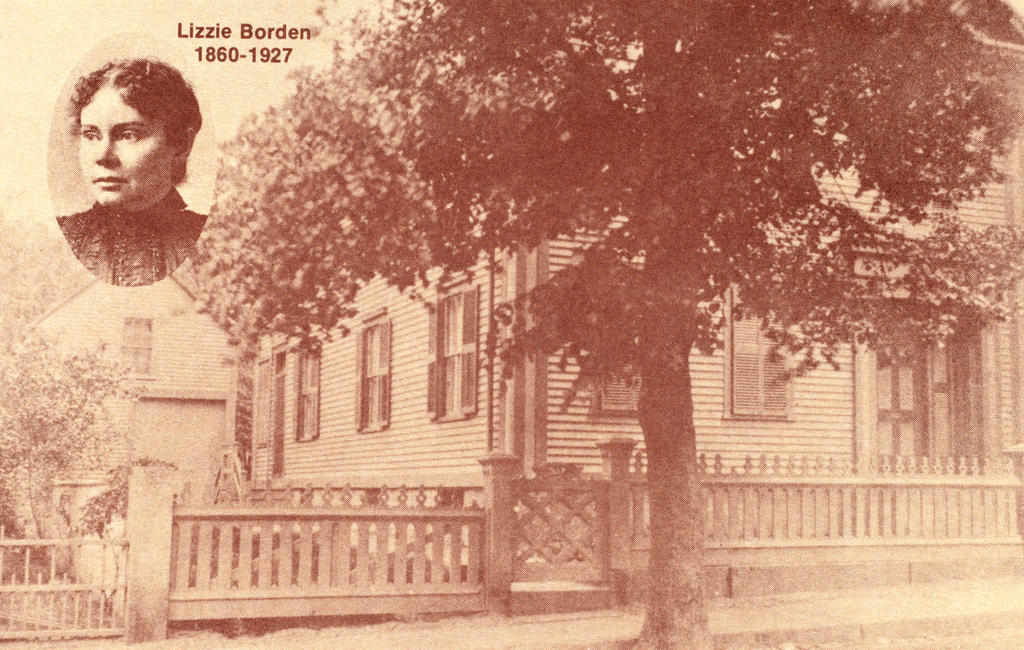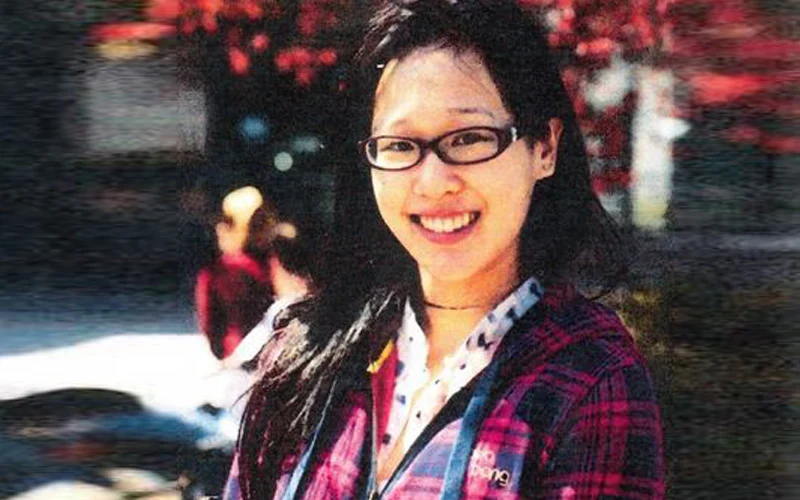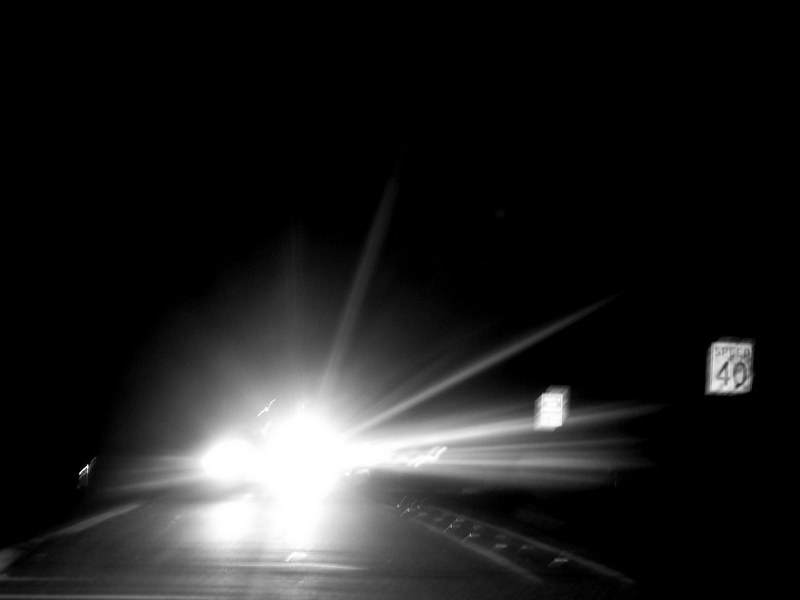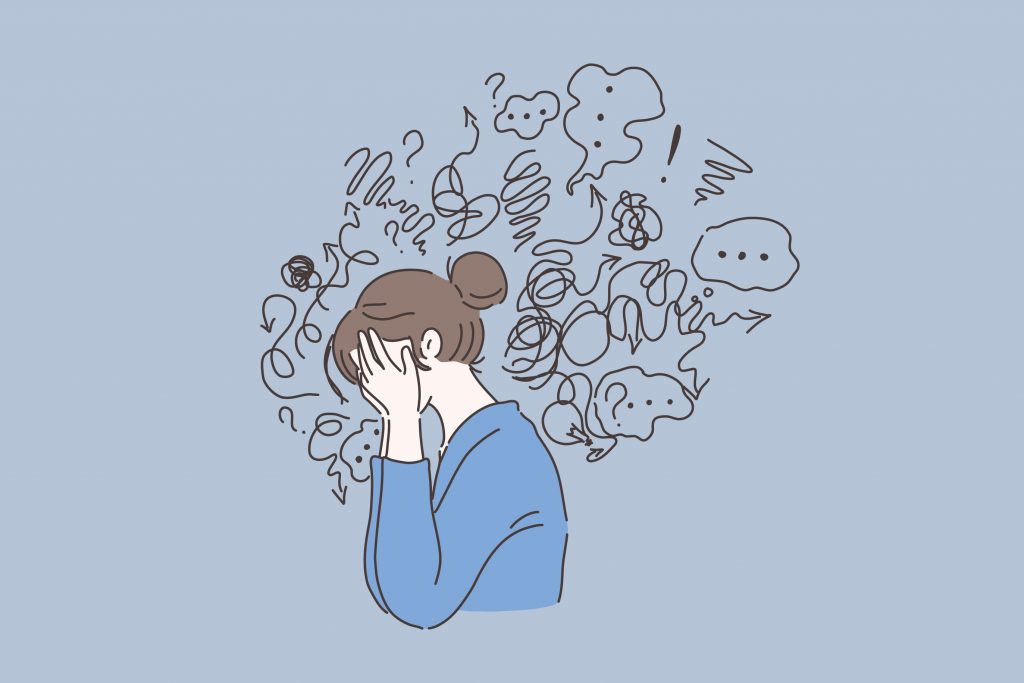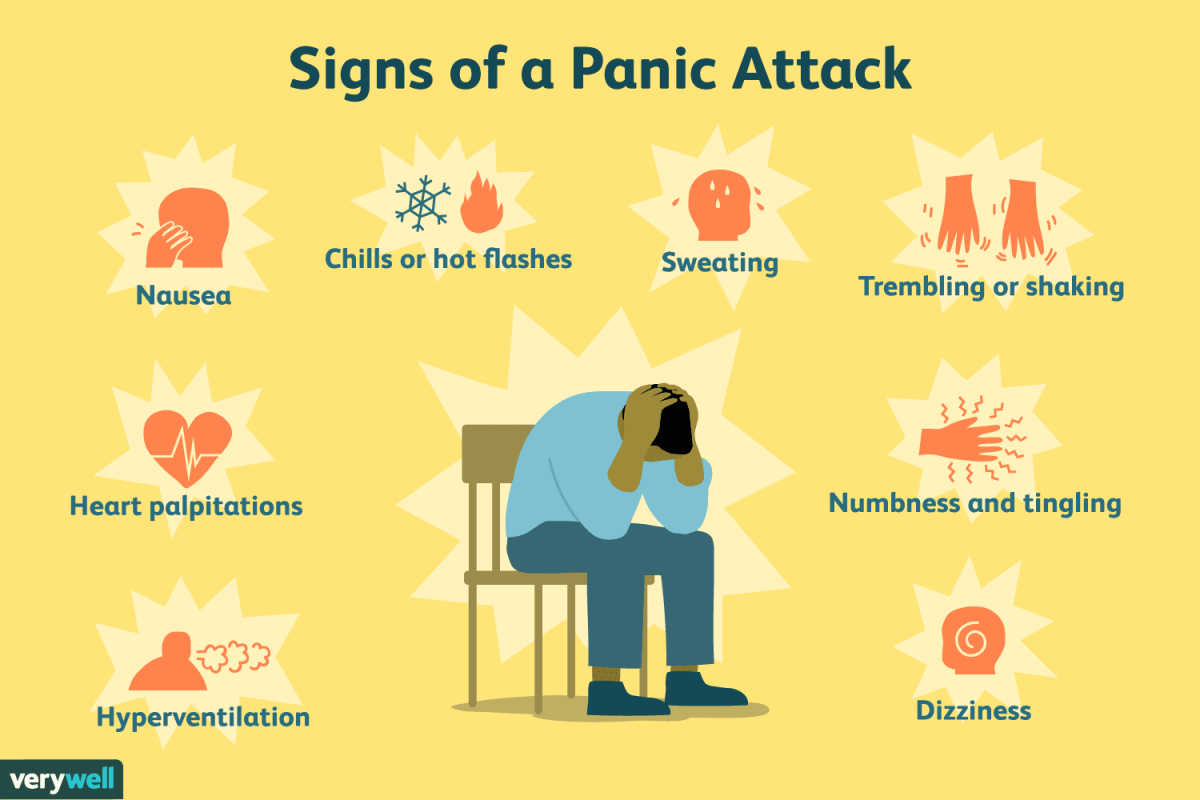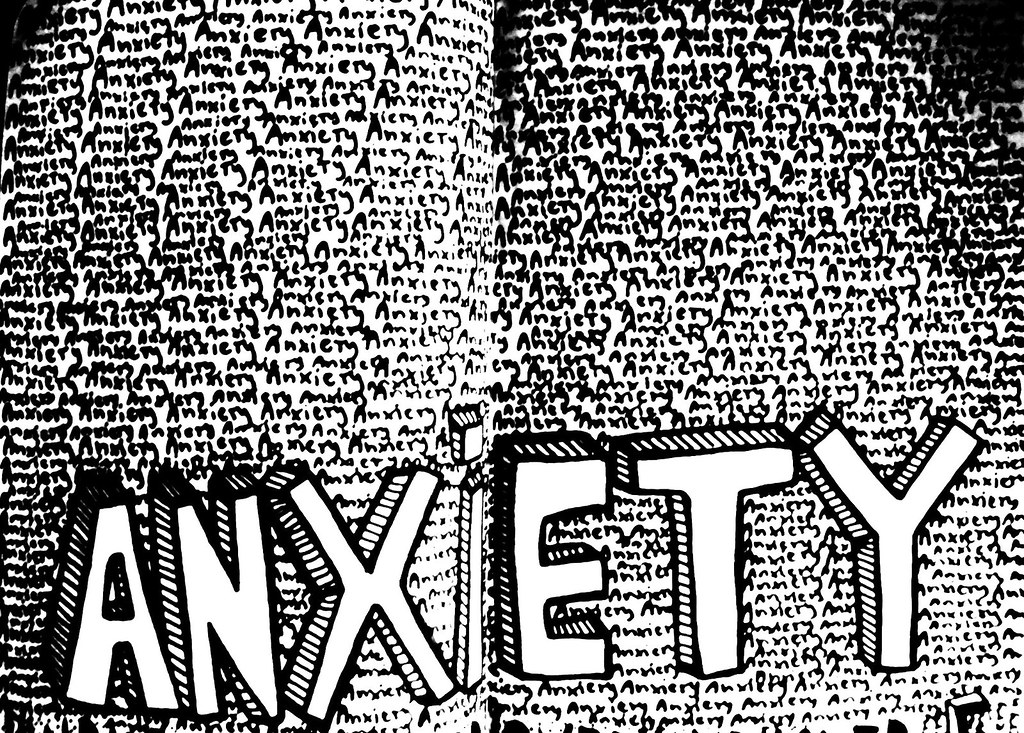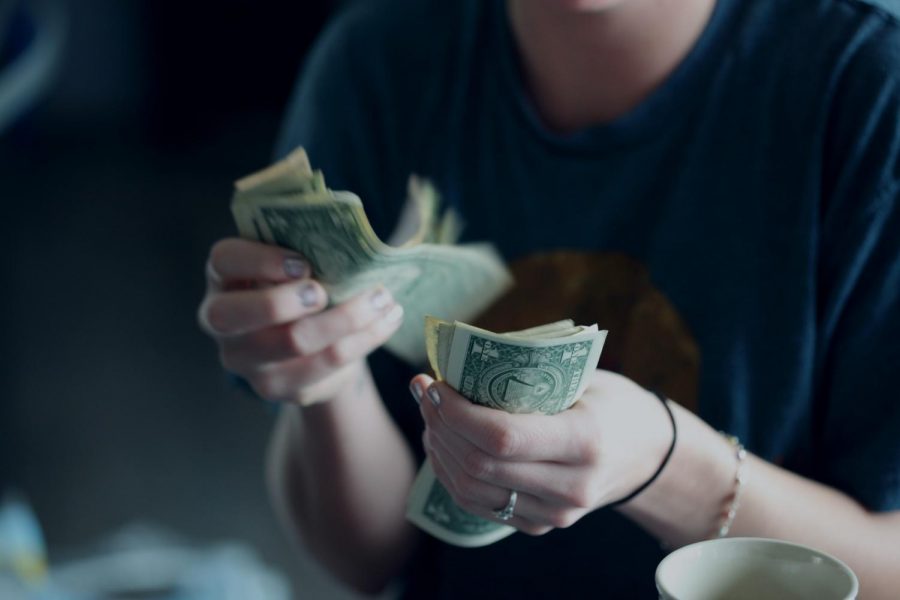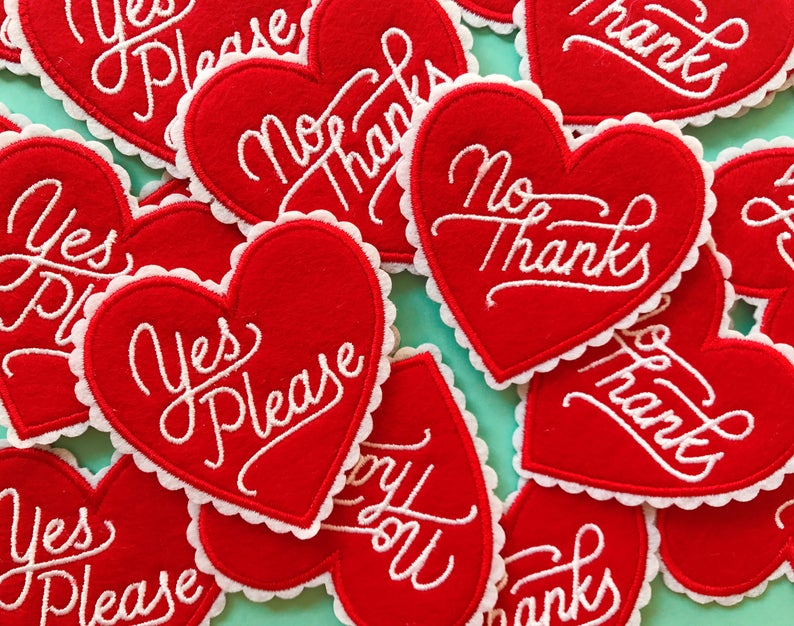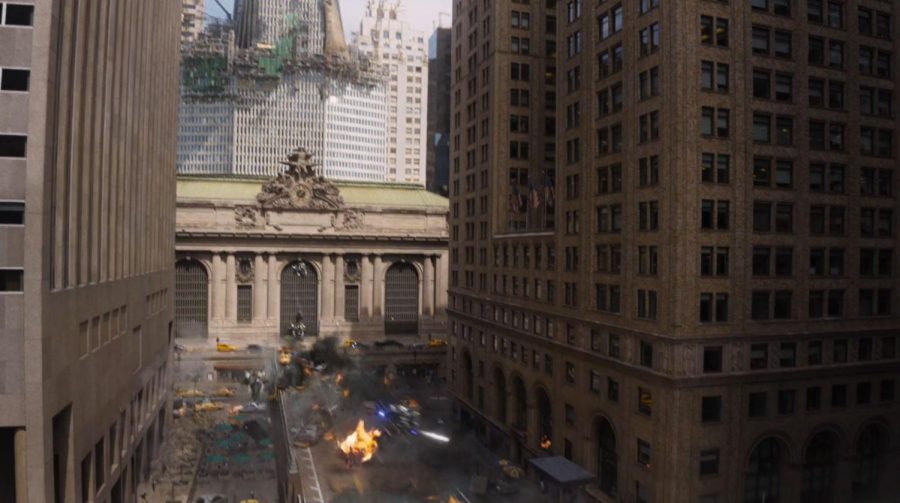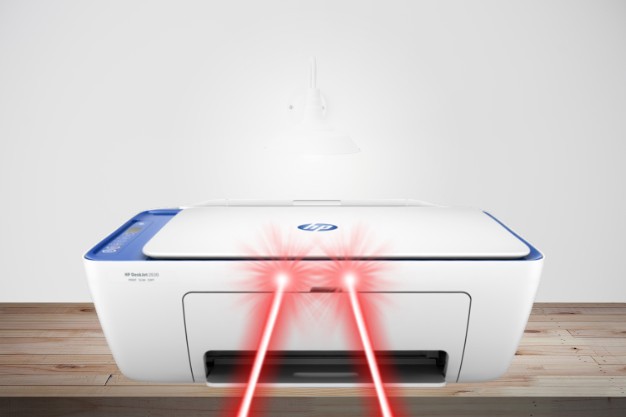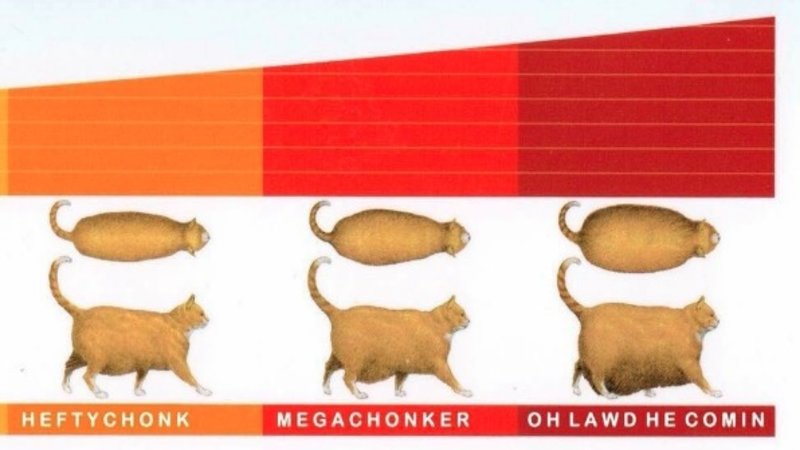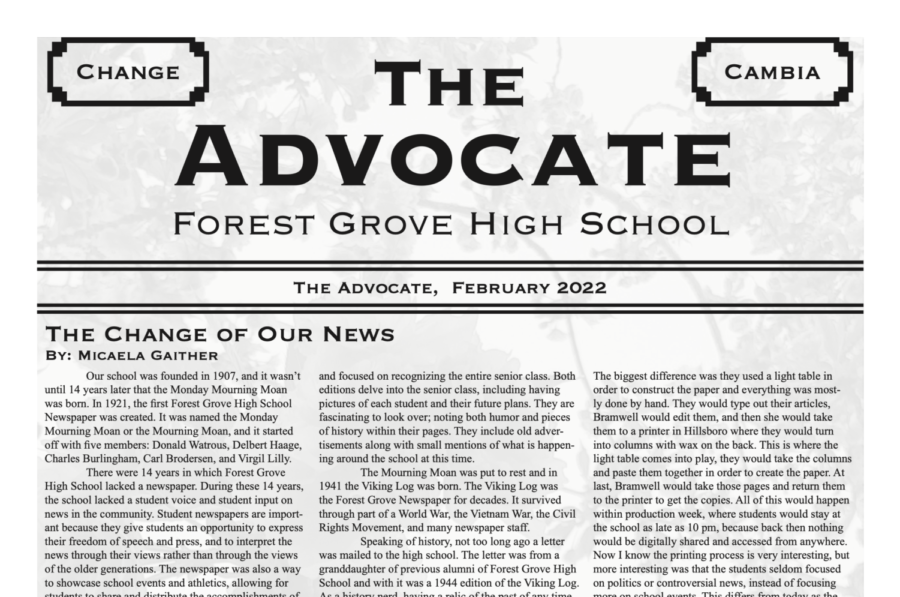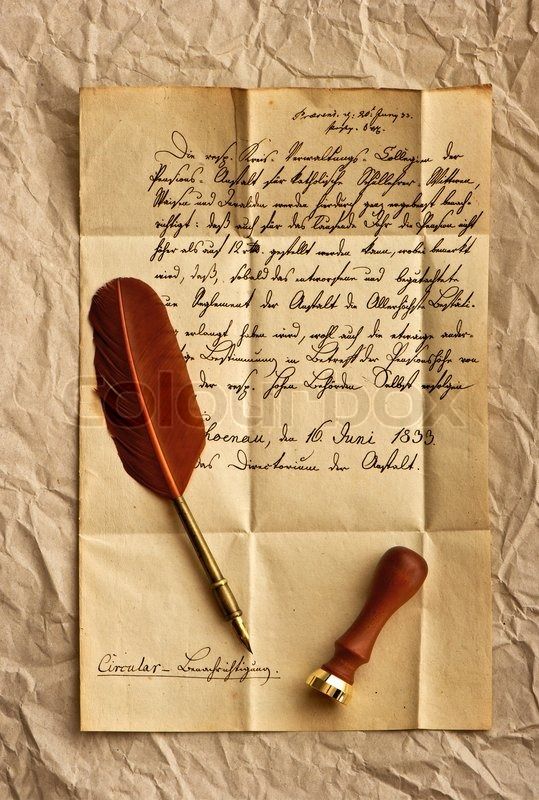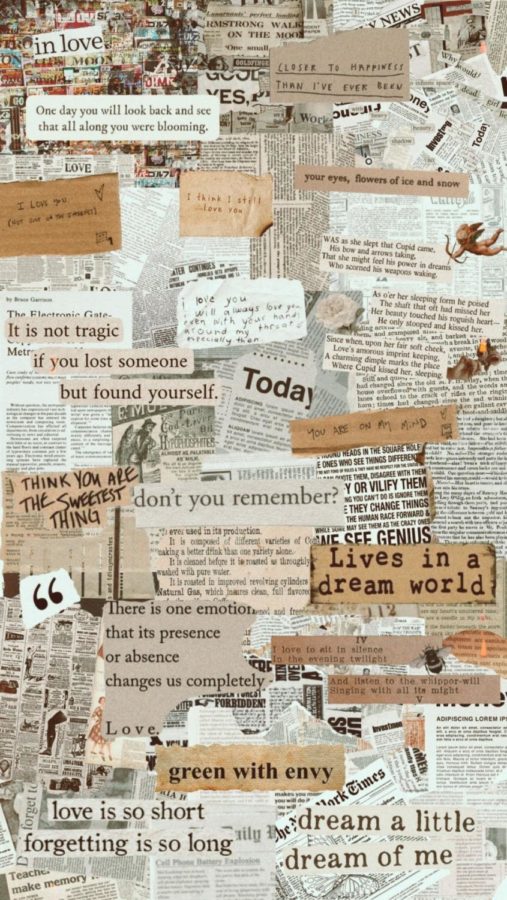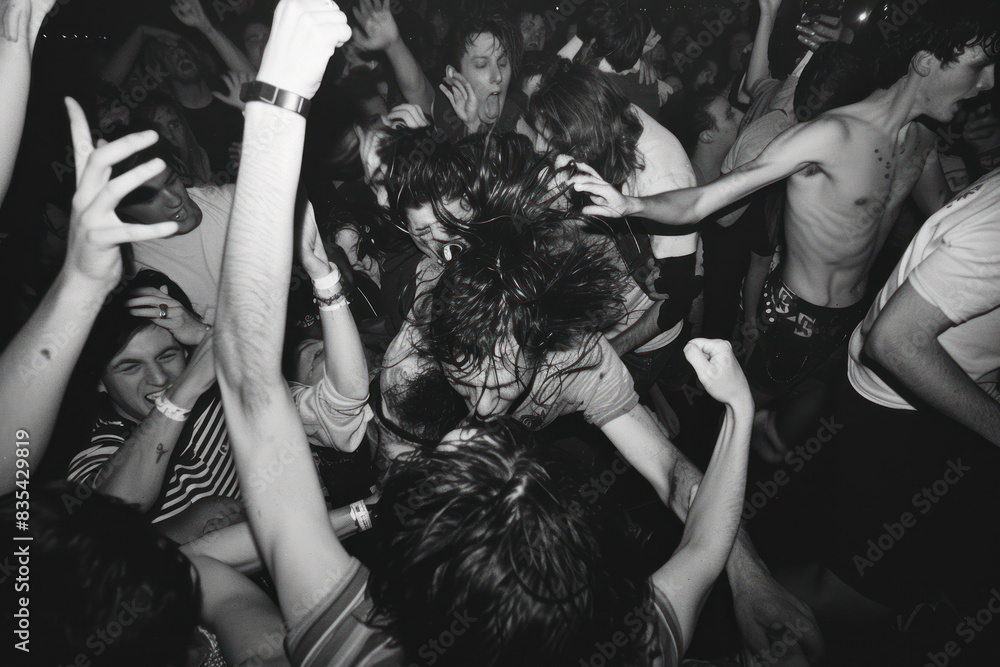What comes to mind when you hear the term “Emo”? Most likely it’s skinny jeans, dyed hair, heavy metal, and heavier eyeliner. The Emo subgenre has been characterized by bands like My Chemical Romance, Panic! At the Disco, and Paramore for decades since its surge in popularity in the early 2000’s. However, the genre is much more than the bands that brought it to the forefront of alternative culture. The Emo genre is built from a foundation of punk, underground popularity, and resistance that brought it to its fame today.
First Wave – Emocore
Emotional hardcore, or “emocore” was born in the 1980s underground punk scene in Washington D.C. The D.C. hardcore punk scene has been regarded as the most prominent punk scene in the country and was a national hotspot for counterculture and nonconformity. Bad Brains and Minor Threat were some of the largest punk bands in the area, setting an expectation and fundamentals for the genre itself. During this time, punks noticed a stark change. The scene was ridden in violence, vandalism, racism, and sexism causing chaos amongst each other. This newfound hostility chose to go against the exact ideas punk music was built from by being violent, hypermasculinity, and setting a poor example of what punks truly believed in. With this, people wanted change. “Revolution Summer” began in the summer of 1985 with one goal: to make alternative music more inclusive to all. This movement was guided by Dischord Records, a record label established in 1980 that prioritizes punk rock. Participants in this scene no longer wanted to be seen as violent and cynical, instead wanting to void themselves of the false precedent that poor representation had gifted them. At the forefront of Revolution Summer were three bands – Rites of Spring, Gray Matter, and Embrace. What stood out among these three were their use of melodic, emotional lyrics. The three strayed from the use of thrashing guitar and political messaging, instead opting for heartfelt, angsty melodies. Revolution Summer led the way for other genres to grow, such as grunge and post-hardcore. Thus, the emotional hardcore, or “emocore” subgenre took off. These early stages of emocore clung onto the DIY elements the D.C. punk scene had left behind. However, the majority of the bands labeled as emocore blatantly rejected and hated the term due to its vague definition.
Shortly after Revolution Summer, the three bands that pioneered the emo sound had all disbanded. However, their influence on the punk genre was not ignored. In the early 90s, grunge bands took the U.S. by storm. In 1991, Nirvana released Nevermind, one of the top grossing grunge albums of all time. The success of Nevermind, as well as the surge of popular alternative bands like Radiohead, Pearl Jam, and Soundgarden brought alternative music into the mainstream. During this transition, some emo bands decided to take initiative. Formed in Seattle, Sunny Day Real Estate was one of the most defining bands of the early stages of the genre. Sunny Day Real Estate bent the rules of emocore, blending elements of pop punk and indie rock into their sound while maintaining the structure of traditional hardcore punk. In 1995, the band released Diary, the album giving them indefinite fame. The band set the precedent of what emo was – whiny, angsty, and emotional. Sunny Day Real Estate became one of the biggest emo bands during this time, with Diary selling over 231,000 copies through Sub Pop Records.
Second Wave – Midwest Emo
Amidst this development, the second wave of emo slowly began to take hold of emo scenes across the United States. Commonly referred to as “Midwest Emo”, began to gain traction in the early 1990’s. The term Midwest Emo was coined due to the proximity in the central U.S. punk scenes. Emo bands were sculpted by their use of whiny lyrics, funky tuning, and advanced time signatures. Midwest Emo began to take steps furthering itself from their punk roots, yet remained underground and independent. Foundational bands such as American Football, Braid, Cap’n Jazz, and Jimmy Eat World helped build onto the structure D.C’s punk scene had laid out beforehand. In 1999, American Football broke boundaries with their first LP – a fusion of indie rock, post-rock, emo and math rock, set up with moody lyrics and slow rhythms. The single “Never Meant” became their most popular song with over 77 million listens on Spotify. Another album that is a key element in this subgenre is Cap’n Jazz’s Analphabetapolothology. Released in 1998, Cap’n Jazz released their only full length studio album, which was a compilation of the band’s discography. Analphabetapolothology mixed emo, post-hardcore, math rock, jazz, and indie rock in one album, completely highlighting the diversity and flexibility of the Midwest Emo subgenre.
Slowly, these emo bands came out of their shell, making a name for themselves in underground spaces. A notable example of emo bands coming into mainstream spaces were the release of The Emo Diaries. The Emo Diaries was a series of compilation albums published under Deep Elm Records, an independent record label that signed various emo and indie rock influenced artists in the mid-90s. The label released 12 compilation albums over the course of 14 years, with the last volume releasing in 2011. These albums featured unreleased music from bands such as Jimmy Eat World and Samiam, which both later got signed to major record labels and skyrocketed into popularity. The Midwest Emo genre lasted for quite some time before fading into obscurity during the early 2000s. This wave left a lasting impact on the emo genre, showing the flexibility and variety of the genre itself. Emo wasn’t just “post-punk” or a vague “emotional hardcore” label – emo became a culture. The second wave left a mark upon the genre, later influencing its successors in the future.
Third Wave – Mall Emo/Screamo
With the success of the Midwest Emo subgenre, there came a new surge of bands hoping to try something new. 2002 marked the beginning of the third wave emo scene, known as “mall emo”. When you think of emo music, the third wave is most likely the first thing that comes to mind. It was an extreme turning point for the genre, stepping out from the underground emo scenes of the 90s and bringing it into the mainstream. Mall Emo integrated pop punk and catchy hooks into their sound to compete with the pop genre, yet gave it an edgy twist to stand out. In the upcoming age of the internet, Mall Emo grew on spaces like MySpace, LiveJournal, MTV, and various online forums to bring it to worldwide popularity. Bands that defined the Mall Emo genre were Fall Out Boy, Dashboard Confessional, Panic! At The Disco, Paramore, and Taking Back Sunday. However, one band towered among these 5, dominating the emo genre for the next decade. My Chemical Romance encompassed the entirety of the third wave, with their discography receiving national attention. Most notably, the band released The Black Parade in 2006 as their third studio album. With singles such as “Teenagers” and “Welcome to the Black Parade”, the band received glowing reviews and accolades from critics for its gritty and edgy theme. My Chemical Romance founded the Mall Emo sound, breaking free from its predecessors of twinkly guitars and droning, whiny lyrics.
Alongside Mall Emo came “Screamo”. Screamo is a subgenre coming from a mix of post-hardcore, hardcore punk, and Midwest Emo. The genre is most known for their harsh, aggressive vocals, expressing intense sorrow and emotion. Screamo had been around since the second wave, but was brought to life by bands like Hawthorne Heights, The Used, Underoath, and Pierce the Veil. Both Mall Emo and Screamo defined the third wave and became the main form of emo throughout the 2000s. To a greater extent, emo music had now received global attention on a scale the genre hadn’t seen before. Emo was now something you could casually hear on the radio, instead of being exclusively independent. For better or for worse, the emo genre had evolved substantially from Midwest Emo, which was only a decade prior. The third wave emo scene was incredibly pivotal for the entire rock genre, completely shaping how many people recognize “emo” today.
The third wave lasted through the 2000s, making a prominent impact on alternative culture. However, nearing the start of the 2010s, the popularity of the emo genre began to decline. Many bands started to distance themselves from the emo label. For example, Paramore released their self-titled album in 2013, which is often categorized as a “new wave” or “pop” album. This was a complete contrast to Brand New Eyes, released only 4 years prior, which embraced alternative rock and pop punk. More importantly, the majority of third wave trendsetters began to break up. My Chemical Romance, Alexisonfire, Brand New and Thursday all disbanded soon after their 15 minutes of fame they received in the 2000s. This pivotal shift caused chaos and worry within the scene. While the future looked bleak, a new era soon arose.
Fourth Wave – Emo Revival
The fourth wave, known as “Emo Revival” began in the early 2010s in opposition to the commercial sound the genre had adopted during the 2000s. Emo Revival was developed in underground spaces, particularly large cities on the east coast. As the name suggests, the subgenre was a continuation of the Midwest Emo scene found during the second wave. Emo Revival brought back the DIY elements of emo culture Mall Emo dared to leave behind, revitalizing those punk influences that were seen decades before. Bands like Glocca Morra, Algernon Cadwallader, Joyce Manor, Tigers Jaw, Snowing, JANK, and Modern Baseball were all heavily involved within the Emo Revival scene. Modern Baseball particularly defined this era with their debut album Sports in 2012. This album was a mix of emo, pop punk, and folk punk, delicately wrapped in acoustic guitars and relatable, sad lyrics. These bands set the overall tone of the Emo Revival subgenre.
Midwest Emo was not the only genre being revitalized. Several other subgenres emerged amidst the Emo Revival. “The Wave” was a short-lived movement aimed to revive 90s emo, screamo, and post hardcore. Frontrunners of this subgenre were Touche Amore, La Dispute and Make Do and Mend. The Wave movement was developed in the late 2000s and was favored by underground punk scenes found in the United Kingdom and Australia. Unfortunately, the movement was incredibly short-lived, with the majority of the acts participating in the scene disbanding or entering indefinite hiatuses by 2015. While brief, The Wave left an impression on alternative spaces worldwide – not just in the United States.
Beside the Midwest Emo Revival and The Wave, the fourth wave gave another subgenre light: soft grunge. Soft grunge was a category of the grunge genre founded in the early 2010s. The subgenre took influences from alternative rock, indie emo, and shoegaze bands commonly seen during the 90s grunge boom. Soft grunge was seen as more droning and miserable compared to its counterparts because of its distinct, gloomy tone. Title Fight, Pinegrove, Basement, Superheaven, and Turnover represented the subgenre during its rise in popularity amidst the Emo Revival scene. Title Fight’s 2011 release Shed was incredibly well received in the scene for their use of twinkly melodies and harsh vocals. Title Fight has often been regarded as one of the most influential soft grunge bands during this era.
The fourth wave lasted throughout the 2010s before emerging with the post emo scene in the late 2010s. Emo Revival was a stark change from Mall Emo, now slinking back into the hardcore punk roots they had planted decades prior. Emo Revival showcased the flexibility and diversity within the subgenres that followed, like the Midwest Emo revival, The Wave, and Soft grunge. Despite being a direct continuation of the second wave Midwest Emo scene, Emo Revival integrated a modern edge to it. The fourth wave emo scene was incredibly powerful regarding the undetermined future of the genre itself.
Fifth Wave – Post Emo
After the death of Emo Revival, the fifth wave was established. Known as “Post-Emo”, the genre was coined in the late 2010s, with the term tracing back as early as 2017. Post-Emo’s sound was built on a similar foundation as Emo Revival bands. However, the fifth wave implemented elements of different genres within their sound, such as electronic, hyperpop, chiptune, and experimental rock. Bands affiliated with this scene saw no bounds – being able to experiment and play freely with different melodies and genres, just within an emo structure. Origami Angel, Dogleg, Glass Beach, nouns, and Weatherday have all been acts associated with the Post-Emo sound. Notably, Origami Angel’s debut studio album Somewhere City is often considered the pinnacle of fifth wave sound. Somewhere City blends pop, indie rock, math rock and emo to create exciting, catchy hooks, while connecting the overarching theme of lacking belonging through lyricism. Post-Emo has also been noticed for its diversity, with the majority of the scene being led by people of color, LGBTQ+ community members, and female artists and bands. The fifth wave has continued to stay relevant throughout the 2020s, with little guidance on where the genre may venture to next.
From thrashing riffs to complex and intricate melodies, the emo genre has completely transformed throughout its lifespan. Undeniably, Emo has made a lasting impact on alternative culture by shaping style and influencing successors of the genre. No matter how underground or mainstream the sound might have been, the outlook of the genre continues to be bright. Rooted in a deep, political history, the emo culture is more than graphic tees, the early 2000s, and aggressive vocals. So, the next time you hear “emo”, know that there is much more to it that meets the eye.
